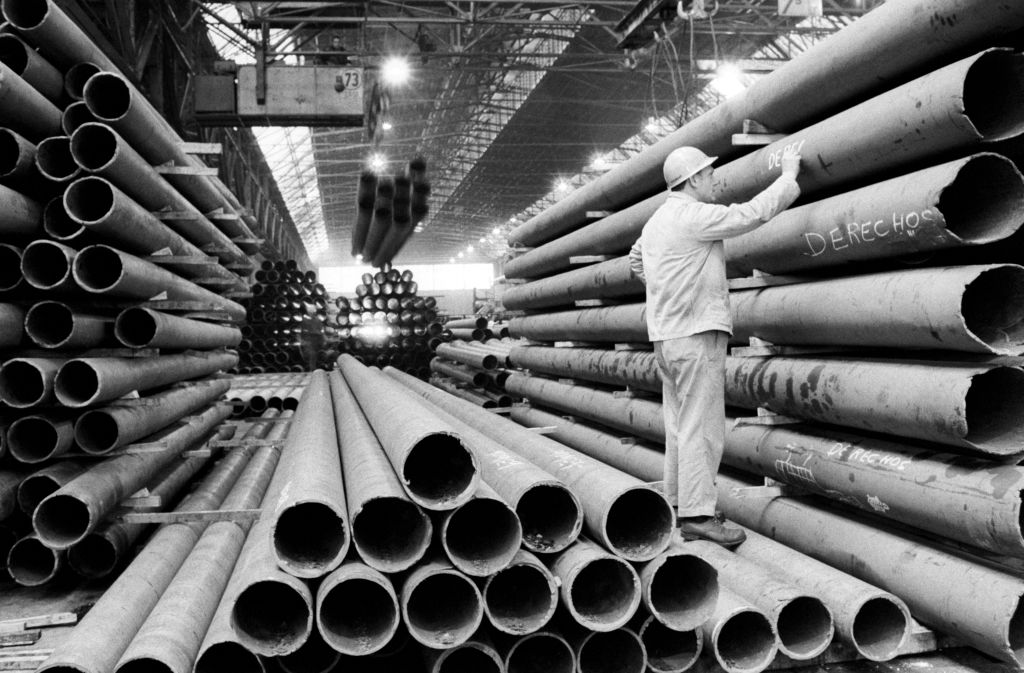Weekly Chart: The Venezuelan Economy in Numbers
Weekly Chart: The Venezuelan Economy in Numbers
If the price of oil drops much further, pumping oil will become a losing investment for Caracas.
2016 is off to a rocky start for international markets as the Chinese economy slows and the price of oil dips below $30 per barrel and reaches nadirs not seen since the early 2000s. The slide affects few countries as directly as Venezuela, where petroleum represents more than 96 percent of the country’s exports and almost 38 percent of total GDP; if the selling price dips below production costs, the OPEC member is at risk of losing money.
After losing control of the National Assembly in December 6 elections, President Nicolás Maduro issued a pair of decrees related to the economy in January that shift powers from the legislature to the executive. Additionally, he made a handful of new cabinet appointments, including academic Luis Salas as the country’s new economy minister. Salas’ views on economics—that inflation does not exist, for example—concern many economic observers of the country, including Bank of America’s Francisco Rodríguez, who told The Wall Street Journal, “I think that the chances that [the new economics team] will be able to solve complex economic problems are low.” On January 15, Venezuela's Central Bank released official government financial numbers for the first time in over a year. The report included much-anticipated inflation figures: 141 percent, annualized through Q3. Experts suggest the final figure for 2015 could end up being anywhere from 200 percent to 382 percent, and many cite a growing probability the country will fall into hyperinflation in 2016.
Below, we take a look at how the Venezuelan economy has grown as oil prices fluctuate and at key findings in the government’s latest report on the economy.








